The Vintage Woman Magazine Book Club #4: A Talk With Author Stephanie Dray
Stephanie Dray is a New York Times bestselling author of historical fiction, a genre she decorates with her passionate prose. Her most recent novel, The Women of Chateau Lafayette, focuses on three women bound together by a historical castle and the raging tides of their respective eras. The Vintage Woman Magazine sat down with Stephanie to discuss her inspiration and methods for writing such gripping work.
What first drew you to history as a subject?
I like origin stories. History tells us how we got where we are now. Now, I’ll admit, in school, it wasn’t always my favourite subject, because they often had us memorize a bunch of dates, which I think isn’t all that helpful. Stories aren’t about numbers; they’re about people and the shenanigans that we get up to in every era.
How did you decide on historical fiction as a genre?
It was the kind of fiction that I was most drawn to read. When I was a kid, my grandmother had stacks of romance books, and I was always a sucker for the sweeping historical epic romance. Later that translated into historical fiction in general; I read Quo Vadis when I was young. I loved all those big operatic biblical stories, and when I grew up I liked reading Margaret George and Philippa Gregory. Write what you love!
Was the transition from the magical realism of your earlier novels to the more biographical nature of your current work intentional, or have your interests shifted?
I will always love the myth and mysticism of the ancient world, and the ways ancient people chose to explain natural phenomena to themselves. But as my writing career evolved to more modern eras, Enlightenment-era rationality was called for. And I have so much more of that to explore, that I don’t know when or if I’d return to magic realism. But never say never!
The Women of Chateau Lafayette is your third novel, in addition to a published short story, focusing on the revolutionary upheaval of the late eighteenth century. What fascinates you about this time period?
For most of human history, we’ve been ruled by kings or warlords. Which means that most of us, throughout history, haven’t been writing our own life stories. We’ve just been bit players in grand dramas not of our own making. That starts to change, at least a little bit, with the rise of democratic forms of government in the 18th and 19th centuries–a nearly miraculous happenstance. At the start of World War One, there were only seven democracies in the world. At the start of World War Two, there were only thirteen. In the span of human history, you could blink and miss it. I don’t want us to miss it or take it for granted, so I write about it.
What is it about the chaos of war and revolution that makes such great material for historical fiction?
War puts a lot of burden on a character, it makes them go through challenges the author doesn’t have to invent, and it makes the reader wonder what he or she would do in similar circumstances. Revolutions are even more dramatic because they aren’t just about power or survival; now there’s also an idea or an ideal to fight for or against, and that’s irresistible!
What is your general research process for such an intricate plot stretching over centuries?
I researched and wrote each part of the book separately, so the process didn’t change much for this book than some of my other biographical books. First, I immerse myself in the time period. I read all the relevant biographies I can get hold of and watch movies and listen to songs from that era. I might even make some recipes. I also make timelines and take better notes than I used to. Then if I can go to a location myself, or touch something one of my characters has touched, I start to get an emotional resonance that makes me better able to start writing.
Do you collect antiques or artifacts from any particular era?
I used to say that I collected ancient artifacts mostly as a little joke to myself because my grandmother used to be a collector; but I have started collecting little bits of memorabilia that have important connections, such as I own some champagne flutes made from a tree that Jefferson planted. I also own some coins minted in Paris of General Lafayette.
Would you be pleased or terrified if a historical character around whom you’re basing a novel read your finished product?
Terrified! It’s hard to know what historical characters would have wanted revealed about themselves, and sometimes I have revealed things that they kept hidden. I have always wanted to honour these important historical women, but if they give me a three-star review, I’d want to put my head in an oven.
Would you please favour us with a hint of what might be in the works for your next novel?
I’m working now on a novel about the most important and influential woman in American history–Frances Perkins, FDRs right-hand-woman, and her lonely fight within his cabinet to save Jewish refugees from Hitler.
Stay tuned for the next instalment of The Vintage Woman Magazine Book Club…
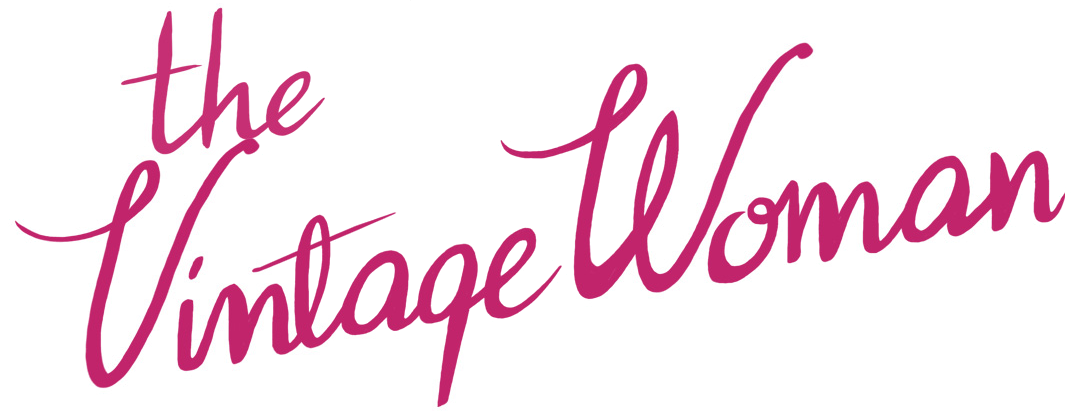
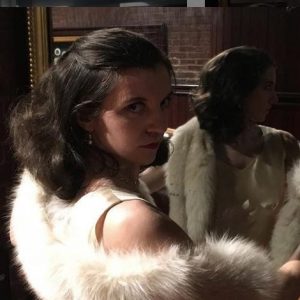
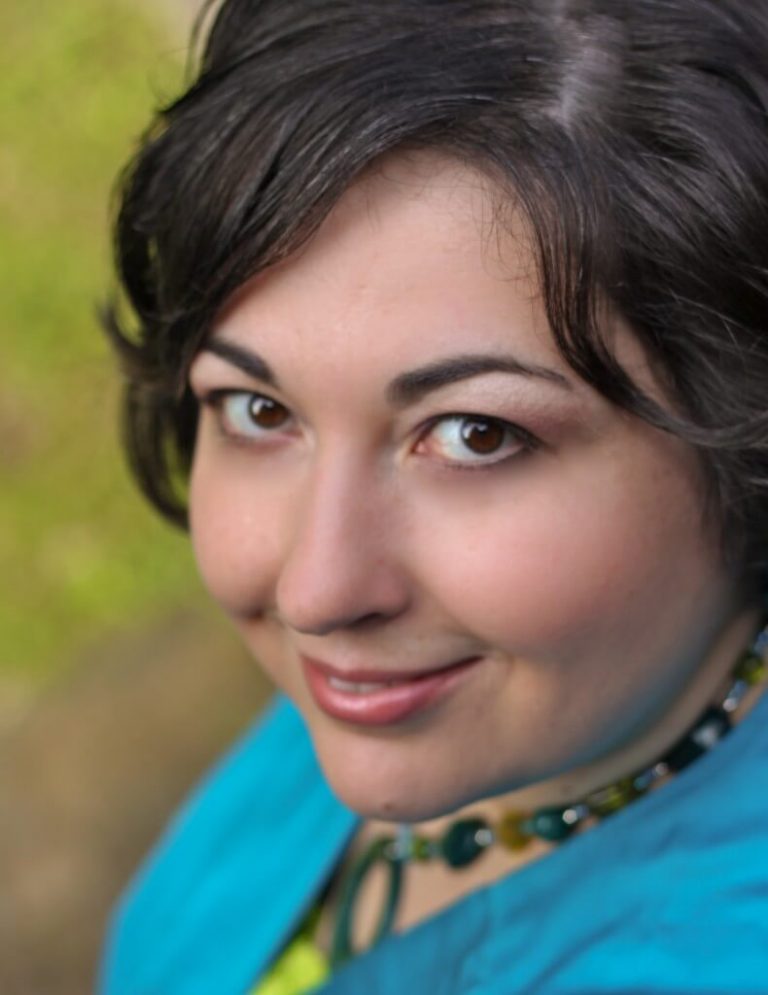
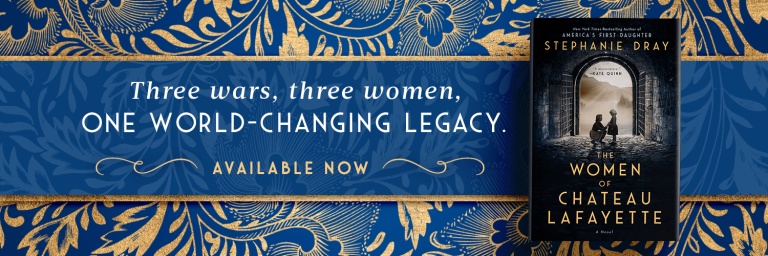
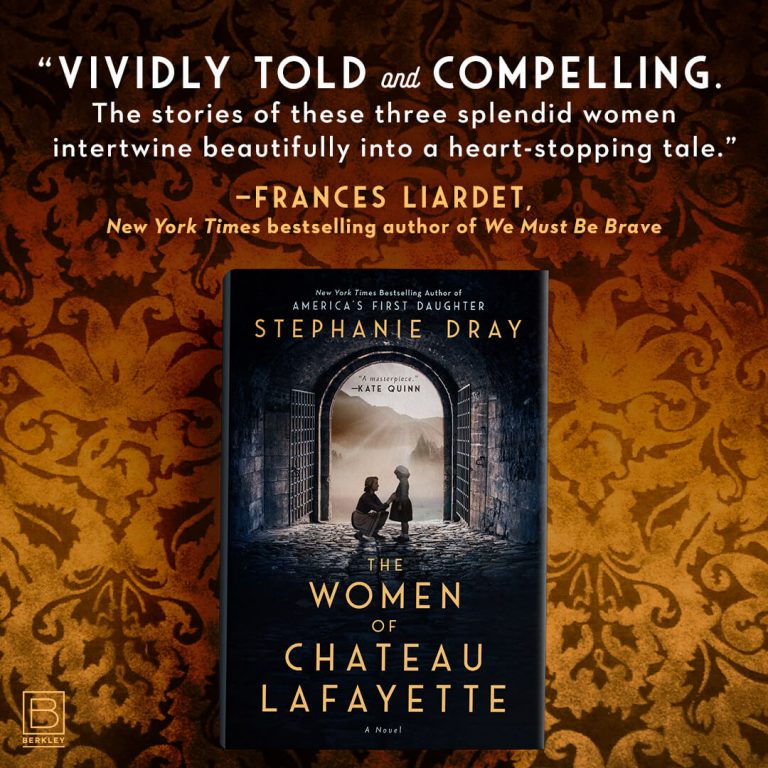
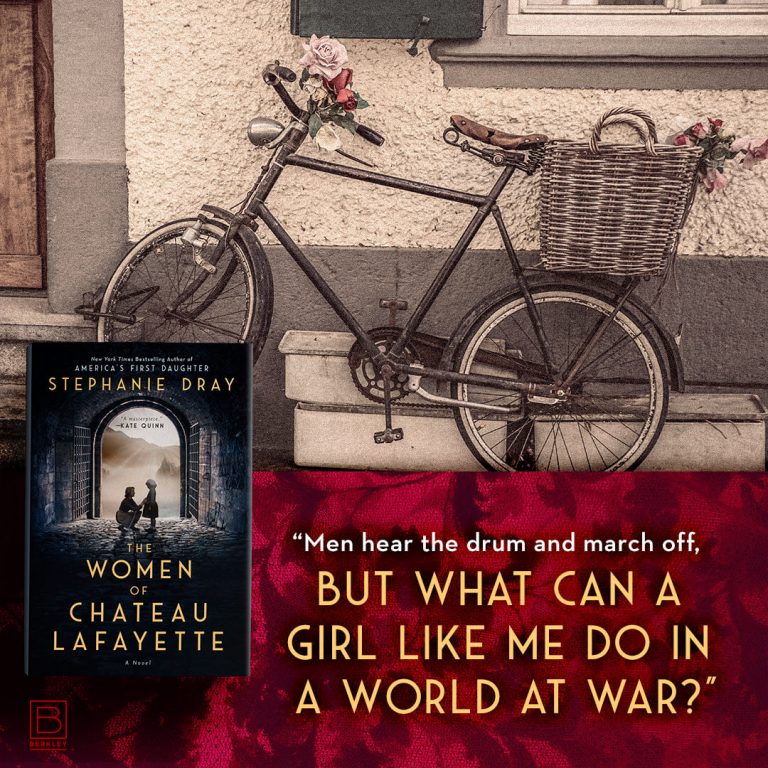

Fascinating!